MOST Aussies know the late country singer Kenny Rogers for his massive crossover hits in the 1970s and 80s, including The Gambler and Islands in the Stream.
And while most car folks of a certain age will remember that Rogers played circle-track racer Brewster Baker in the 1982 flick Six Pack, what you may not know is that he leant his name to a race team that would morph into a renowned chassis building firm.
The man who brought Rogers into the world of speedway was C.K. Spurlock Jr. Spurlock raced sprintcars in the 1960s before moving into show business as a promoter and manager.
One of his clients was Kenny Rogers, so when Spurlock decided to get back into speedway, he dubbed his new outfit the Kenny Rogers Racing Team. The team was part of the early group that participated in the World of Outlaws series, which kicked off in 1978.
The Kenny Rogers Team initially used Bob Trostle and Gary Stanton chassis, until Spurlock built his own in 1980. The success of this first car lead to the formation of Gambler Chassis Co., named after Rogers’s famous song.
Rogers posed with the Gambler ‘house car’ for the cover of the second issue of Open Wheel magazine in 1980. [Photo by Harry Dunn]
The first team driver for Gambler Chassis was Danny Smith, enlisted by Spurlock with the aim of beating Steve Kinser. The pair were winners first time out and nailed top 10 championship spots in 1980 and 1981.
Gambler Chassis Co. went on to be a major player for well over a decade, with legendary drivers including Sammy Swindell, Doug Wolfgang, Brad Doty and Steve Kinser all using Gambler Chassis Co. at one time or another.
Spurlock built up a nationwide dealer network, selling the both parts and complete chassis. Spurlock was inducted into the National Sprint Car Hall of Fame in 2019, with his Hall of Fame biography reading: “For all of the success of the chassis, it seemed that profit was not his main motivator. It seemed his true profit was the success of the chassis and that of the drivers who were campaigning the car. It was about providing the safest and fastest sprintcar to the racer. Gambler changed the game for many chassis builders at the time by providing a steady stream of parts, waiting on the shelves ready to support the travelling and local racer.”
Gambler chassis also made their way to Australia, used by the likes of Garry Rush, George Tatnell, Ron Krikke and Steve Brazier.
So, how involved was Kenny Rogers in the business named after his signature tune? Not very much, according to Spurlock.
“He did some pictures with the car and was, of course, interested in the car, but he had nothing at all to do with the running of the business,” Spurlock told speedsport.com. “I promoted Kenny Rogers worldwide for over 20 years… I was using Gambler Chassis Co. to promote Kenny Rogers, not Kenny Rogers to promote Gambler Chassis Co.”
West Aussie racer Ron Krikke with the restored Gambler sprintcar dubbed the Bunbury Bullet that won the 1993 Australian Sprintcar Championship for Kendrick Racing. Photo: Peter Roebuck
Even so, it is likely that using the Kenny Rogers name was a smart marketing move for Spurlock’s sprintcar activities. Racer Danny Smith told speedsport.com that “having Kenny Rogers’s name on it attracted a lot of attention; mostly women trying to find Kenny. He was hot at the time, so local radio stations would sponsor us in different towns.”
It is also notable that Spurlock fielded a car named after another of his famous clients – the Loretta Lynn Special.
And Spurlock’s involvement in speedway wasn’t limited to sprintcars – he also co-founded the All Star Racing NASCAR team with Rick Hendrick and some other partners in 1984. When Spurlock left in 1985, All Star was renamed Hendrick Motorsports and has been a force in NASCAR racing ever since.
Rogers was involved in business ventures of his own outside music and racing – most notably via his chain of Kenny Rogers Roasters chicken restaurants that he cofounded with former Kentucky Fried Chicken CEO John Y. Brown Jr. The chain went bust in the US in 1998, but lives on across Asia under new ownership.
And if you don’t dig Kenny’s brand of accessible country, you might prefer the more rock ’n’ roll slant he took with his band The First Edition, before moving over to the more country side of things. Check out this for a good example.
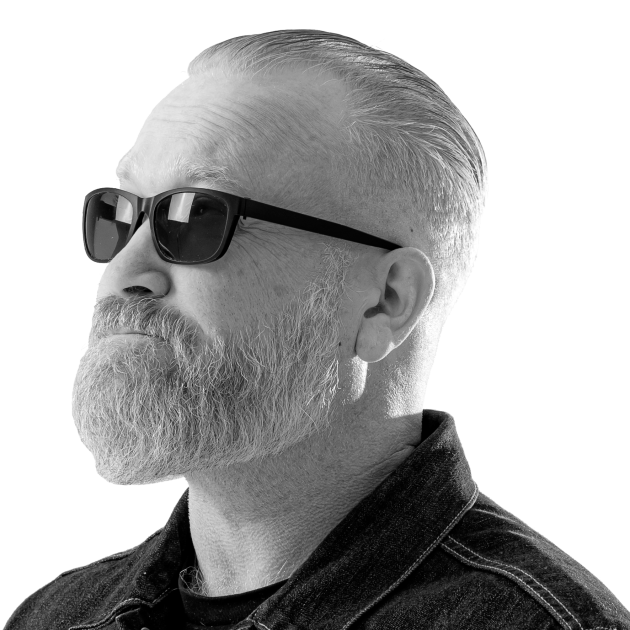
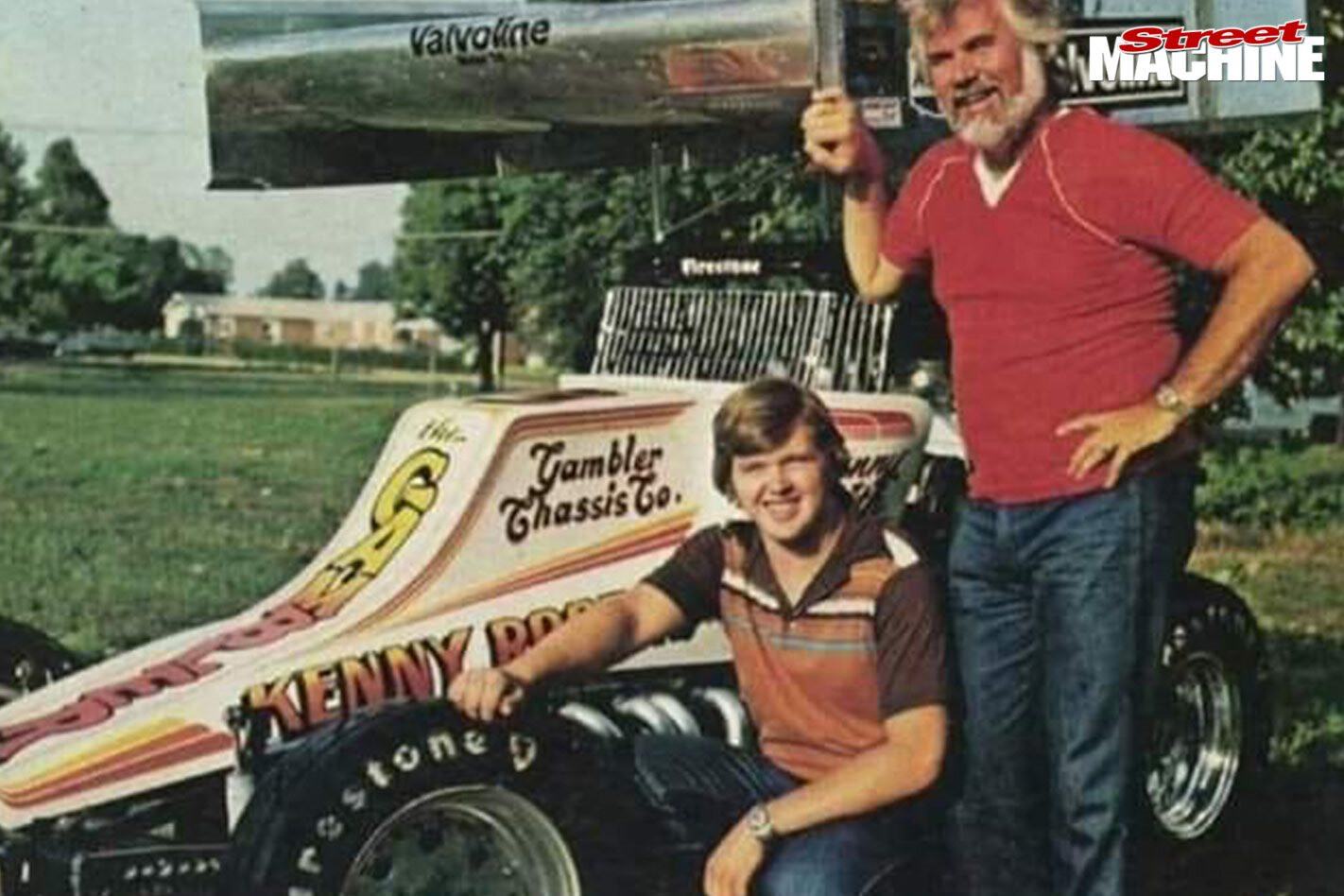
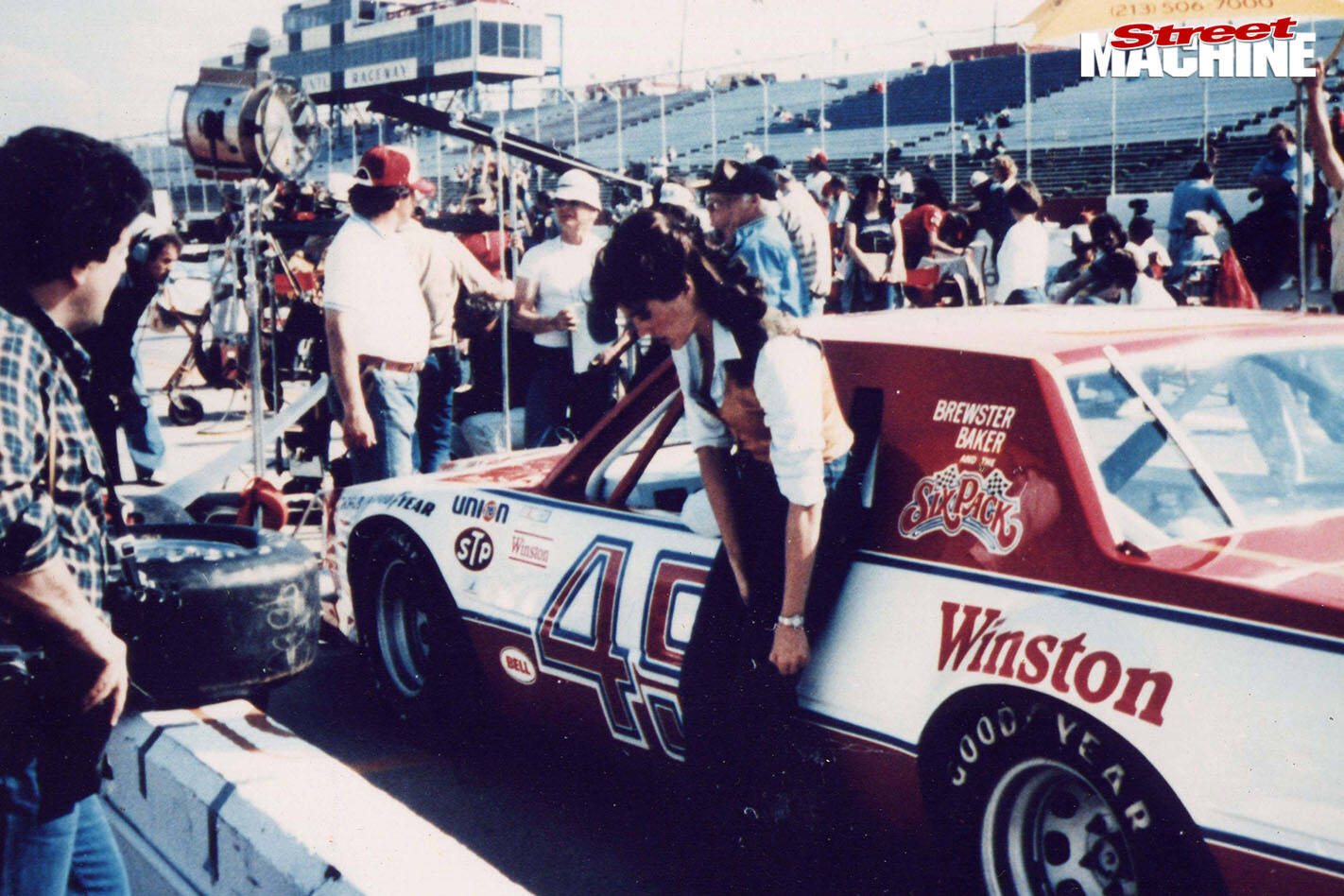
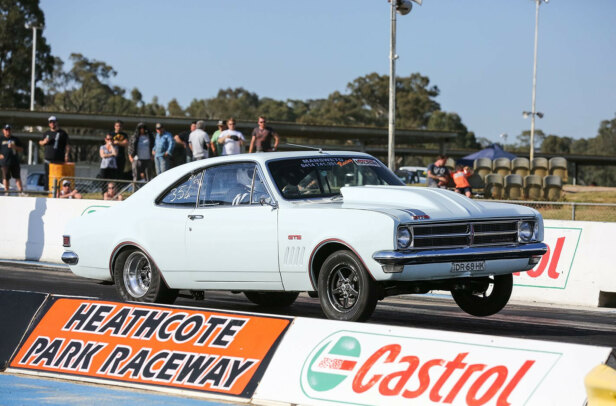
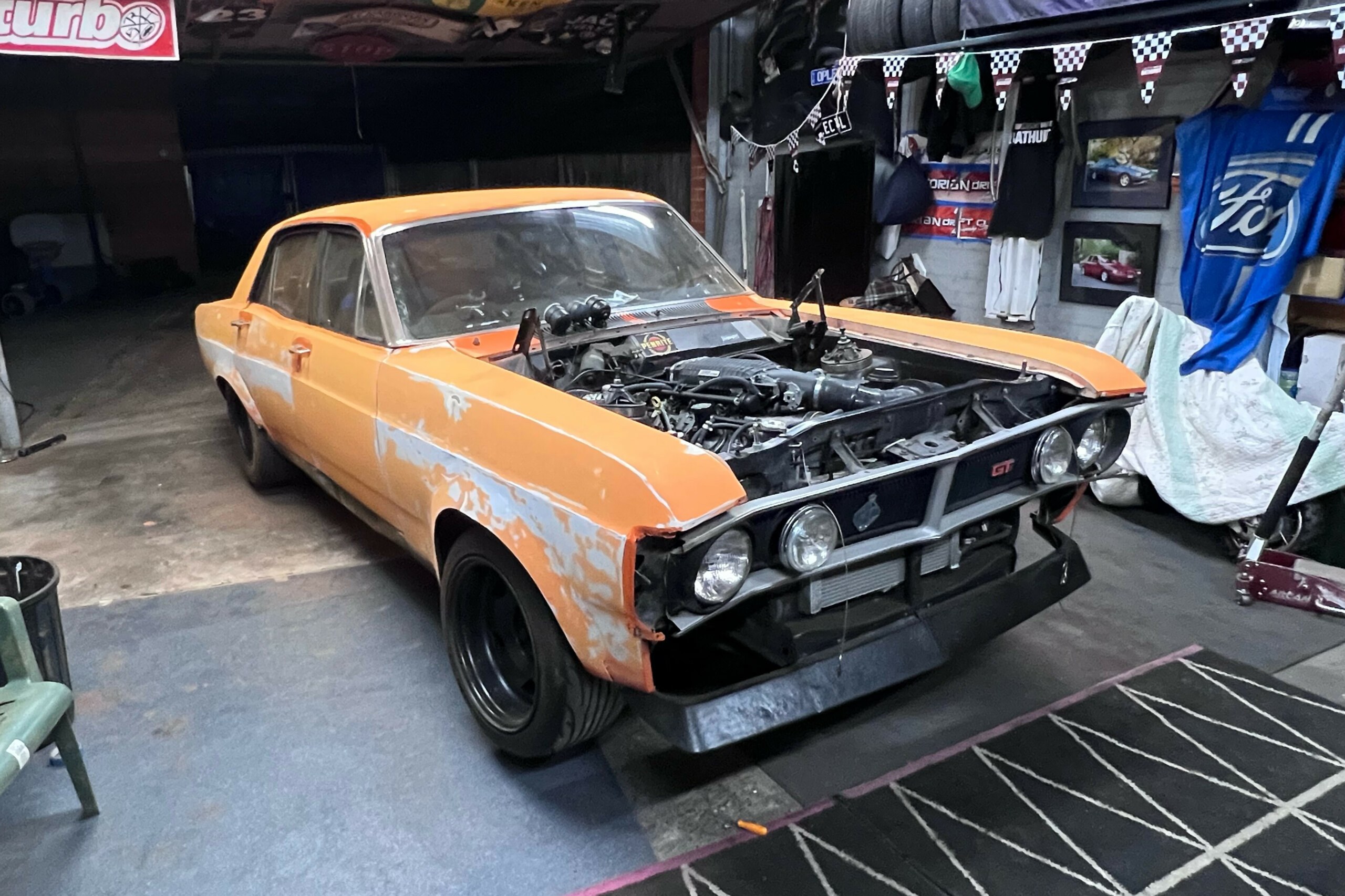
Comments